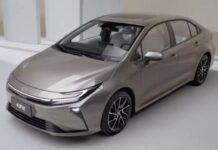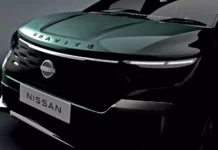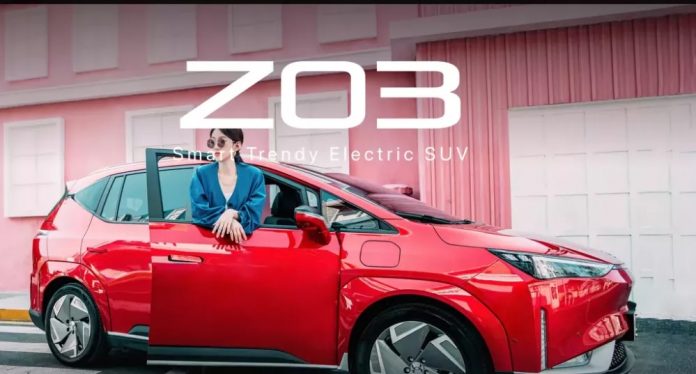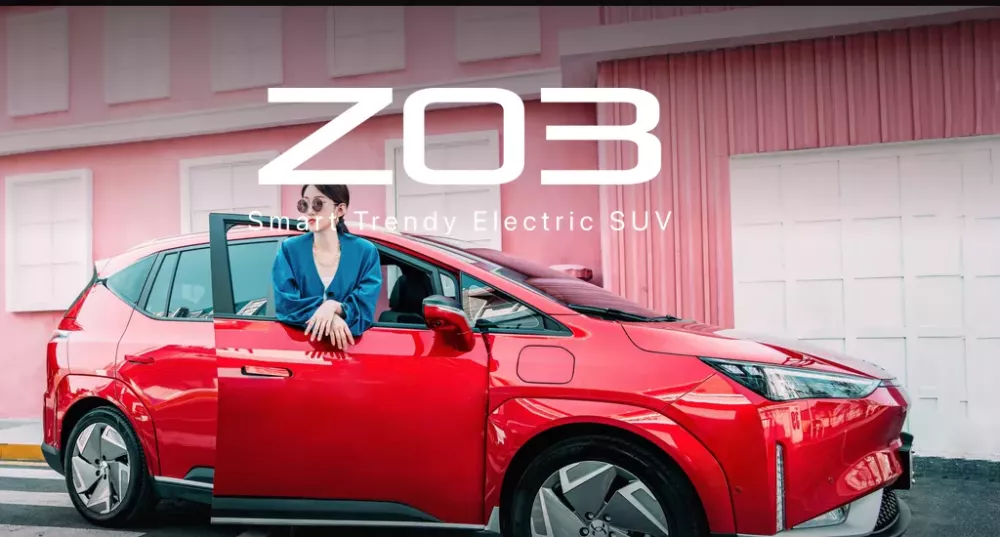China’s electric vehicle industry has witnessed an explosive growth spurt over the last five years, leading to the emergence of hundreds of new automakers, either as startups or joint ventures. This rapid expansion has also pushed some automakers to the brink of bankruptcy due to intense competition.
If you’re wondering who the latest casualty is, it’s Hycan, which is facing the prospect of bankruptcy. The brand, initially established as a joint venture between Nio and GAC, has never quite taken off, especially in terms of sales. Specifically, its sales performance has been dwindling, and in May, the brand sold only 196 units.
When Was Hycan Born
The brand made its debut in late 2017 as a joint venture between GAC and Nio, with both the GAC Group and GAC New Energy, now GAC Aion, holding stakes in the company. As per the agreement, GAC was responsible for R&D and automobile manufacturing, while Nio provided electric vehicle technology and infrastructure. Through this JV, Nio hoped to penetrate the mass market, while GAC aspired to offer more premium products—two seemingly contradictory goals.
Hycan 007
Two years after its inception, in May 2019, Hycan unveiled its first model, the 007. Externally, it looked like a GAC Aion LX SUV with redesigned front and rear ends, along with new wheels. The interior was also revamped and came with a smart assistant similar to Nio’s Nomi. Dubbed Xiao Can, the assistant also featured a top-mounted dashboard display, akin to Nio’s vehicles. Sales of the Hycan 007 commenced in 2020.
Hycan, despite its challenges as a newcomer, relied on its sales performance to unite and strengthen its position in China’s fiercely competitive electric vehicle market. The brand’s website showcases five models currently on offer. The 007 is still on sale and seems to be the only one utilizing the Xiao Can system or, at the very least, the system mounted on the dashboard. It also features an unusual three-screen arrangement, where all three displays are merged into one, with the third screen placed below the second, center screen.
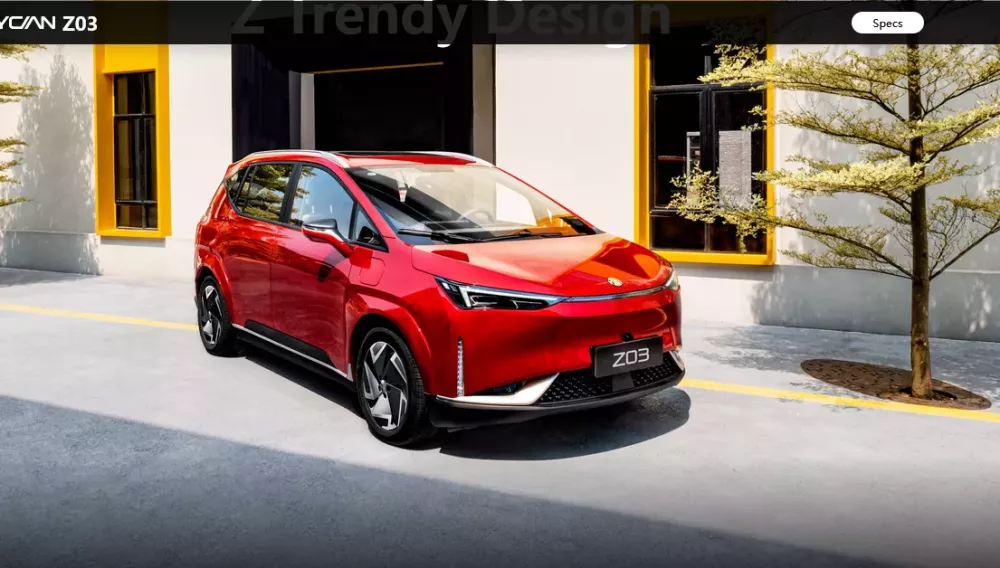
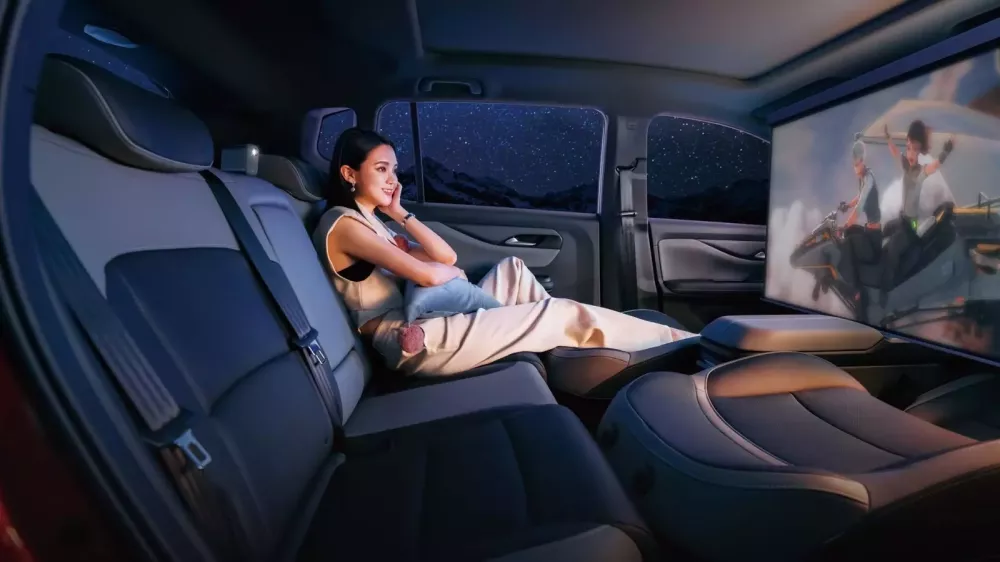
Following the 007 was the Z03, which took the Aion Y SUV and redesigned it similarly. The Z03’s unique selling point seems to be its ADAS system and reclining seats that create a comfortable, relaxed space, along with the provision of a projector and screen setup for the interior, similar to what’s offered in the Xpeng P5.
Accounting for two of the five models on sale are the A06 and A06 Plus sedans. The A06 was launched in 2022, followed by the Plus variant at the end of last year. The Plus isn’t just the most affordable version; it’s also 20 mm shorter and has the smallest battery capacity (60 kWh). Moreover, it’s the only version that uses more affordable lithium iron phosphate batteries, which is quite ironic.
Upon its launch, with a drag coefficient of 0.217 Cd, the A06 was one of China’s most aerodynamically efficient sedans. The performance variant boasts an impressive 3.7-second 0-100 km/h sprint time. Notably, the A06 was Hycan’s first model to utilize a dedicated platform, as all previous models were based on GAC Aion vehicles.
Lastly, there’s the V09 MPV, which is not only the brand’s most expensive offering but also seemingly its most technologically advanced. At the 2021 Guangzhou Auto Show, Hycan unveiled two concept models: the Concept S sports coupe and the Concept M MPV. The V09 is largely the production version of the Concept M and went on sale in late 2023.
The 2+2+3-seater MPV features an 800V architecture and can add 1 km of range per second with 4C charging. The maximum range is 762 km CLTC, and the V09 is equipped with Lidar. The Hycan V09 2024 is offered in five variants, with prices ranging from RMB 318,800 to RMB 438,800, which is approximately USD 46,650 to USD 64,070.
In 2023, Hycan sold a total of 18,559 vehicles, a slight decrease from the 18,941 units sold in 2022. The brand’s sales performance took a significant hit in May, dropping from 762 units in April to just 196.
Employee Relations
There seem to be three primary issues between the employees and the company. The first and most crucial one pertains to salary payments. According to Fast Technology, insiders revealed that Hycan hasn’t paid its suppliers for some time and that there were no year-end bonuses for the factory workers. Moreover, March salaries were only paid at the basic rate, resulting in a 30-50% reduction, with no notification or explanation from the company regarding the reason.
The company is also implementing a plan where employees are sent to dealerships to try and sell cars. Successful employees will receive a 3% reward on the car’s starting price, which amounts to approximately RMB 5,000 to RMB 12,000 (USD 730 – USD 1,750). This plan was reportedly implemented in April 2023 and mandates that employees must sell at least one car per year. However, those who fail to meet this target will face penalties, leading some employees to resign due to this plan. They also noted that year-end bonuses and rewards would be reduced proportionally based on outstanding performance. Executives could lose 5% of their salary, while regular workers would lose 3% if they failed to meet the target.
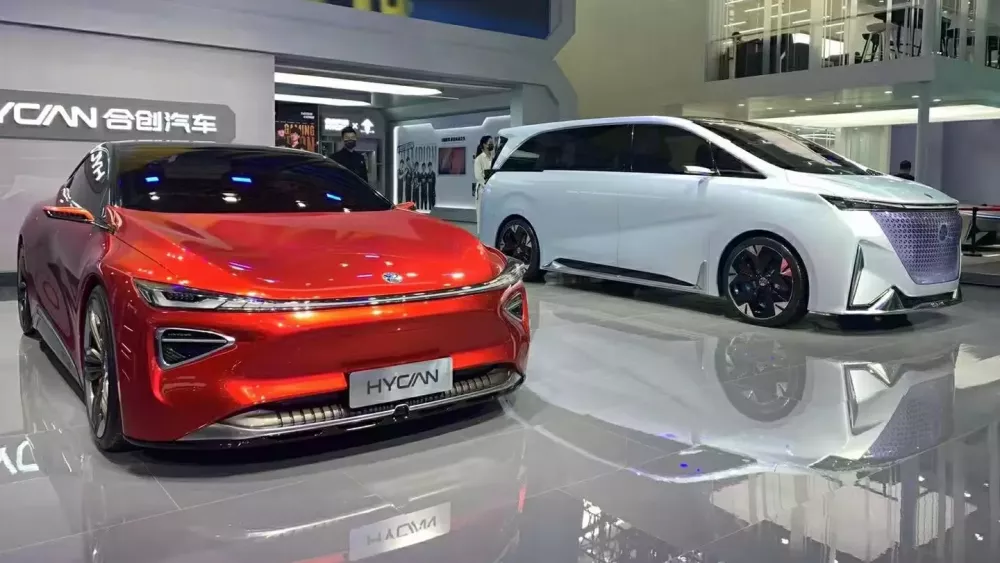
What drew attention the most was a protest that took place on June 15 at the GAC Pavilion, where employees demanded the protection of Hycan workers’ rights. The focal point of the protest was the “Administrative Measures for Mandatory Employee Co-investment” plan implemented from 2018 to 2021, which forced 50 employees to invest a total of more than RMB 100 million (USD 14 million). Hycan had promised to refund the money if the employees left the company, but due to the company’s financial situation, this hasn’t happened. Since August 2023, many affected employees have resigned and demanded the return of their investments.
Hycan’s Ownership
Nio, in 2020, faced significant financial challenges and received a bailout from the Hefei city government. As mentioned earlier, there was a misalignment between Nio’s and GAC’s goals for the Hycan brand, and due to this, along with Nio’s financial troubles, Nio’s stake gradually diminished.
In 2021, Zhujiang Investment Management (also known as Guangdong Pearl River Investment Management Group) became the largest shareholder, with Nio holding just 4.5%. The following year, Nio withdrew entirely. Currently, Zhujiang holds 68.56% of the brand’s shares, GAC Aion has 20.54%, and GAG Group has 4.46%.
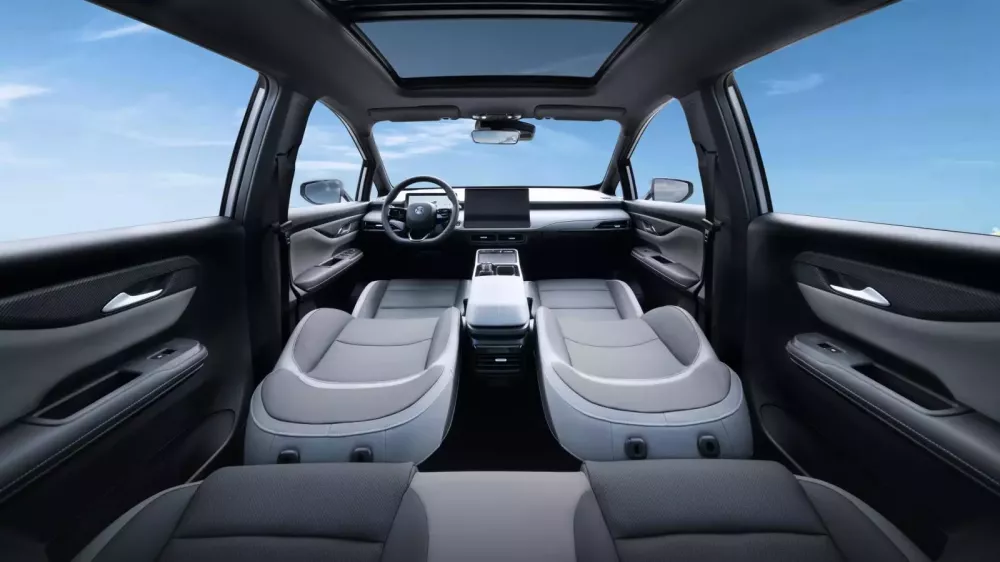
Although Hycan has launched in recent years with some interesting designs, it has never truly been publicized to the world. Additionally, GAC’s success with its Aion Hyper brand seems to render Hycan increasingly redundant, leading many to believe that the brand’s demise is not far off.

